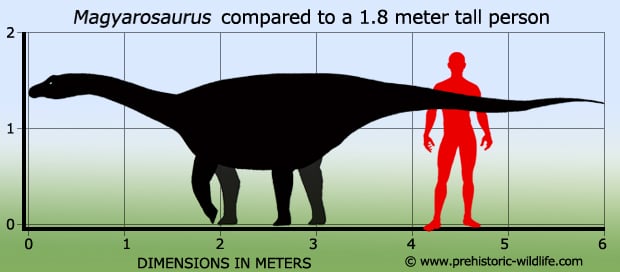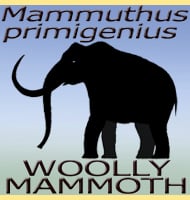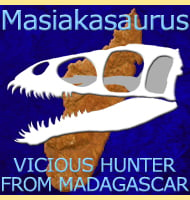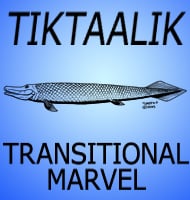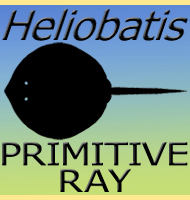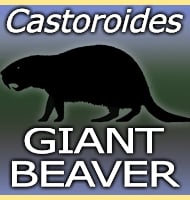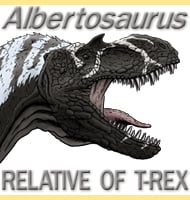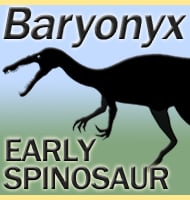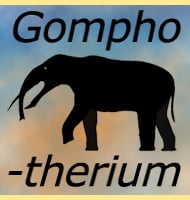In Depth
Magyarosaurus is considered the smallest titanosaur, and is regarded as a fine example of insular dwarfism. This is where animals that live in an area of limited size, such as an island, grow smaller so as not to use up the available food supply. Although some have made the suggestion that Magyarosaurus specimens are merely juveniles of larger species, subsequent studies have proven that they are indeed adults and at the upper limit of their maximum potential size.
The insular dwarfism theory is further reinforced by the fact that Magyarosaurus is only known from the area that was once known as Hateg Island. Today this land mass is part of Romania, but back in the Cretaceous it was an island that was seperated from what would become mainland Europe. This led to many dinosaurs, not just Magyarosaurus, evolving into smaller forms of their ancestors.
The type species Magyarosaurus dacus is derived from the word ‘Magyar’, a tribe of people that settled modern day Hungary. The species name is in reference to the Dacian people of Romania.
Further Reading
– Die fossile Reptil-Ordnung Saurischia, ihre Entwicklung und Geschichte – F. von Huene – 1932. – Small body size and extreme cortical bone remodeling indicate phyletic dwarfism in Magyarosaurus dacus (Sauropoda: Titanosauria). – K. Stein, Z. Csiki, K. Curry Rogers, D. B. Weishampel, R. Redelstorff, J. L. Carballido & P.M. Sander – 2010.- First evidence of reproductive adaptation to “island effect” of a dwarf Cretaceous Romanian titanosaur, with embryonic integument in ovo. – PLoS ONE. 7 (3): e32051. – Gerald Grellet-Tinner, Vlad Codrea, Annelise Folie, Alessandra Higa, & Thierry Smith – 2012
